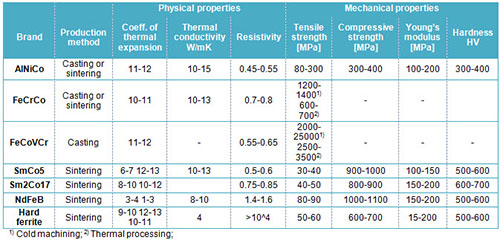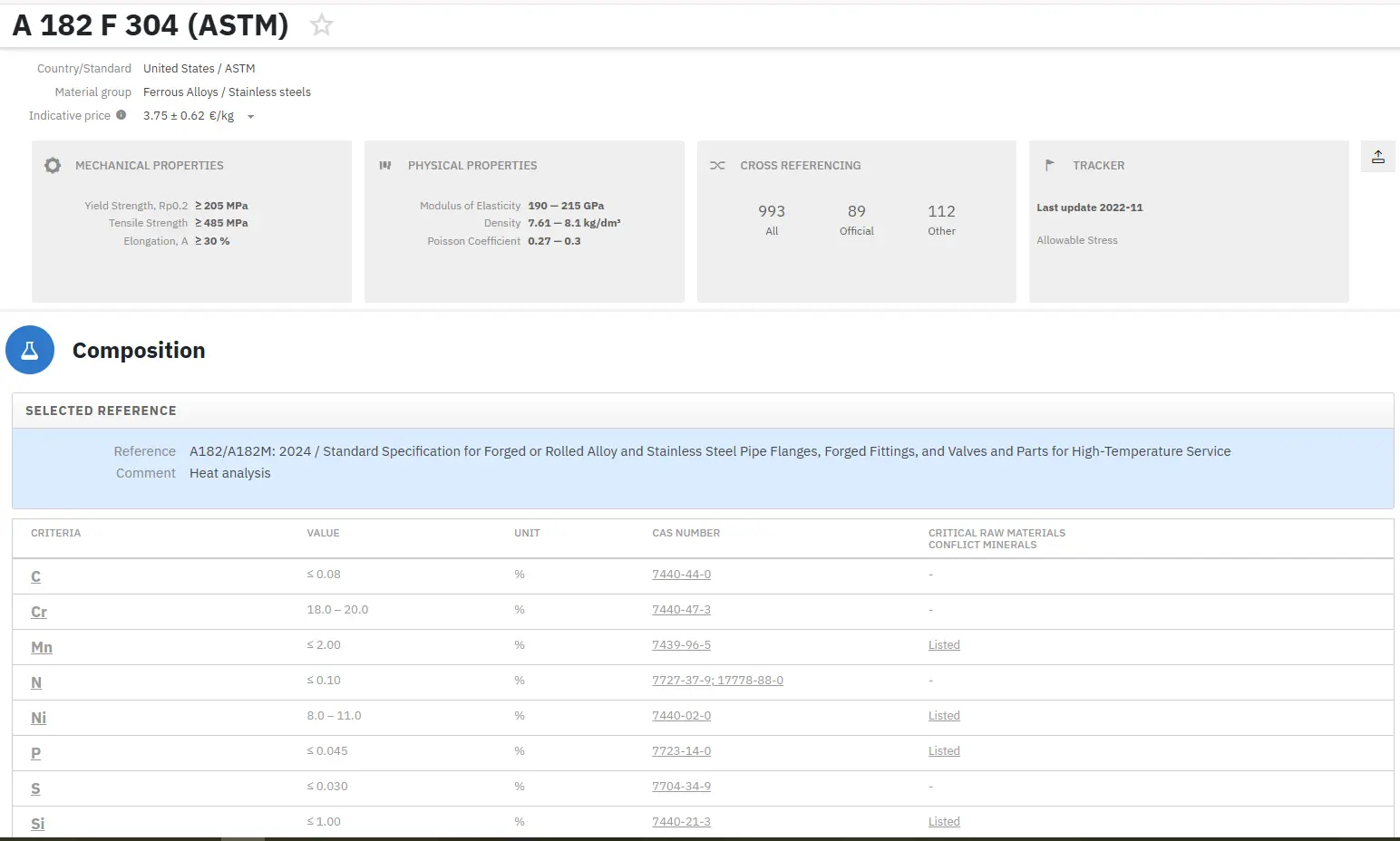Hard Magnetic alloys: Part One
Abstract
The process and material selection for permanent magnetization of magnetically hard materials has progressed over the years. Magnets steels, which are now largely obsolete, have been replaced in the most part by ternary alloys of iron, cobalt, and molybdenum, or tungsten.
According to international classification it is possible to see a break down on the hard magnetic materials according to the three main categories.
Magnetically hard materials can be permanently magnetized by a strong magnetic field. Steel and special alloys, which contain various amounts of aluminum, nickel, cobalt, and copper, are used to make permanent magnets.
Magnet steels, now largely obsolete, included plain high-carbon (0.65 to 1%) steels or high-carbon (0.7 to 1%) compositions containing 3.5% chromium-chromium magnet steels; 0.5% chromium and 6% tungsten-tungsten magnet steel; or chromium, tungsten, and substantial cobalt (17 or 36%) – cobalt magnet steels.
They were largely replaced by ternary alloys of iron, cobalt, and molybdenum, or tungsten. Comol has 17% molybdenum, 12% cobalt, and 71% iron. Indalloy and Remalloy have similar compositions: about 20% molybdenum, 12% cobalt, and 68% iron. Chromindur has 28% chromium, 15% cobalt, and the remainder iron, with small amounts of other elements that give it improved strength and magnetic properties.
In contrast to Indalloy and Remalloy, which must be processed at temperatures as high as 1250°C, Chromindur can be cold-formed. Some cobalt magnet steels contain 1.5 to 3% chromium, 3 to 5% tungsten, and 0.50 to 0.80% carbon, with high cobalt. Alfer magnet alloys, first developed in Japan to save cobalt, were iron-aluminum alloys. MK alloy had 25% nickel, 12% aluminum, and the balance iron, close to the formula Fe2NiAl.
Currently, in accordance with international classification standards, hard magnetic materials can be divided into hard magnetic alloy materials, hard magnetic ceramic materials and bonded hard magnetic materials. The three categories of hard magnetic materials can be classified into the following subcategories:
1. Main hard magnetic materials:
- AlNiCoTi hard magnetic material
- FeCrCo hard magnetic material
- FeCoVCr hard magnetic material
- RE Cobald hard magnetic material
- RE FeB hard magnetic material
- PtCo hard magnetic material
- CuNiFe hard magnetic material
2. Hard magnetic ceramic materials
Hard magnetic ceramic material (MOnFe2O3; M refers to Barium, Strontium and plumbum; while n can be any other element within the range of 4.5-6.5)
3. Bonded hard magnetic materials
- Bonded NiCrFeTi hard magnetic material
- Bonded RE Cobalt hard magnetic material
- Bonded NdFeB hard magnetic material
- Bonded ferrite hard magnetic material

Table 1: Common properties of main hard magnetic materials
Read more
Find Instantly Precise Compositions of Materials!
Total Materia Horizon contains chemical compositions of hundreds of thousands materials and substances, as well as their mechanical and physical properties and much more.

Get a FREE test account at Total Materia Horizon and join a community of over 500,000 users from more than 120 countries.